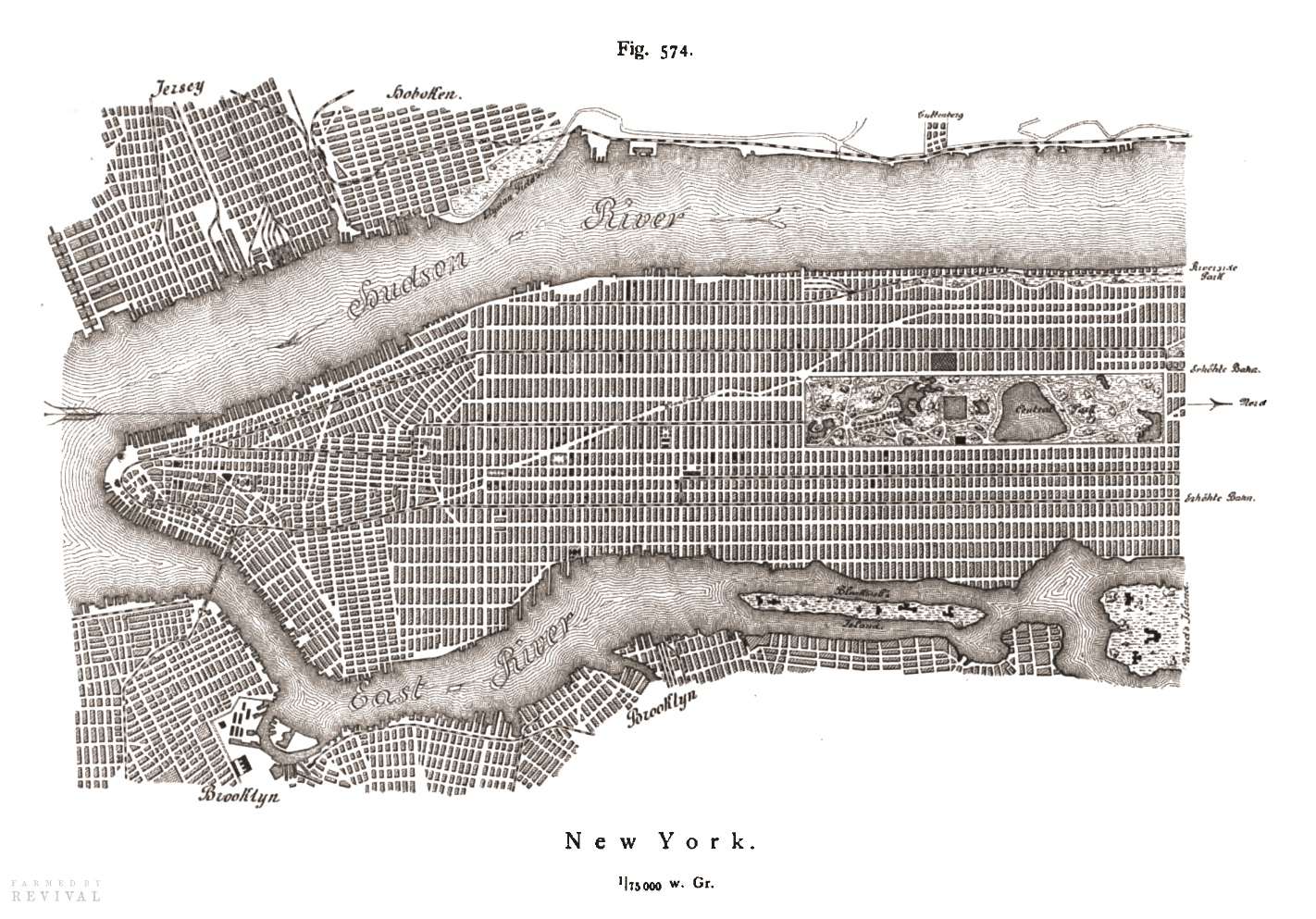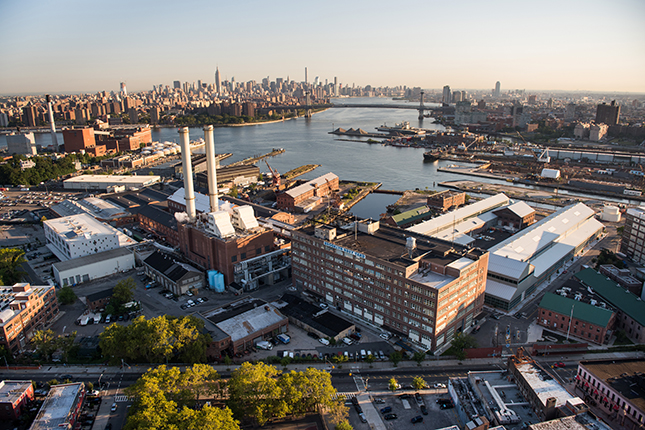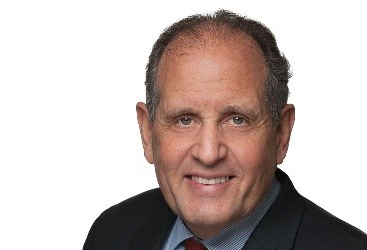
Richard Barth Reflects on Zoning in NYC at Zoning Advisory Council Awards
On November 3, 2016, Capalino’s Executive Vice President of Land Use and Housing Strategies Richard Barth joined over 100 leaders in New York’s real estate industry at the Zoning Advisory Council’s annual breakfast to honor individuals who have made major contributions in our city. Last year, Capalino’s CEO Jim Capalino was among those recognized for his role in building our city.
The Zoning Advisory Council’s annual event featured keynote speaker John Nolon, Professor of Law at Elisabeth Haub School of Law (formerly Pace University). The honorees include: Rick Chandler, Commissioner of NYC Department of Buildings; Queens Borough President Melinda Katz; Joanne M. Oplustil, President and CEO of CAMBA; Samuel Schwartz, CEO of Sam Schwartz Engineering.
As the former Executive Director of the NYC Department of Planning, Richard drew upon his expertise and decades-long career as he addressed the crowd. He explored how zoning is a critical regulatory tool to direct growth and shape the fabric, economy and quality of life in New York City.
Read and watch Richard’s full remarks below:
Reflections on Zoning
I am pleased to offer closing remarks on zoning in New York City. Let me begin first by thanking Sheldon Lobel and his team for this morning’s event. The Zoning Advisory Council has become an important institution and a valuable forum on zoning, and how it is applied and implemented. I also want to acknowledge this morning’s Honorees, all of whom continue to play such significant roles in the growth, development and life of the city.
As I said at the City Planning-sponsored Zoning Symposium in September 2016, zoning will not bring about world peace, but it is an amazing regulatory tool to shape the growth and development of the city and advance planning and policy priorities. To be most effective, zoning must get ahead of the curve, and be continually updated and modernized to reflect changing conditions, accommodate a growing population, and contribute to a strong economy and a more equitable city.
While we refer to the current resolution as the “1961 zoning,” in fact it has been continually updated and revised over the past 55 years. I would like to highlight a few of these changes:
The evolution of neighborhoods has been a key characteristic of change, and the city has responded with an array of zoning districts, and Quality Housing, ZQA, and other amendments designed to encourage housing, preserve or promote specific aspects of neighborhood character, and in more than a few cases, limit growth and neighborhood change.
Newer “decentralized” CBDs for Hudson Yards, Downtown Brooklyn, Long Island City, Downtown Flushing, and Downtown Jamaica, represent a fundamental rethinking of the role these areas play. Through a combination of regulatory change, public investment, and new infrastructure, they will accommodate a significant share of the city’s commercial and residential growth. In East Midtown – and we are at its epicenter this morning — what is now an aging CBD is poised for new zoning changes to allow the redevelopment and modernization of aging office buildings.
Waterfront zoning, which did not exist in 1961, has allowed the City to respond to the dramatic declines in industrial and port-related activity by promoting new private investment and mixed income housing together with open space and public access.
Zoning has also evolved to make the city more sustainable through density and transit oriented development. Most significant, it has been amended to respond to climate change and sea level rise, issues that did not exist 55 years ago. And despite the “climate change deniers,” we know these issues will only become more urgent in the years ahead.
The recently enacted ZQA eliminated or reduced required parking for affordable and senior housing. These changes will lower costs and free up additional sites for affordable and senior housing development.
 Looking Ahead
Looking Ahead
While I do not believe we need, nor would it be prudent to embark on developing a “new” Zoning Resolution, it is clear that land use debates will only intensify as the city continues to grow, and the zoning must respond. We are now at an all-time peak population of 8.55 million, and projected to reach 9 million residents by 2040. This is equivalent to adding the entire population of Atlanta, Georgia to New York City.
The debate is intensifying over the future role of all land, but particularly manufacturing zoned land and industrial areas. As the City looks to finely tailor new mixed use zoning to achieve today’s economic and policy objectives, decision makers need to be mindful not to mandate uses that the market cannot support in the future. While new strategies for underutilized land will be needed, preservation of manufacturing zones does not necessarily equate with growth of manufacturing and industrial jobs.
Over the years, the zoning has been amended in the pursuit of multiple policy priorities. The current administration successfully adopted mandatory inclusionary housing as a major component of its ambitious affordable housing program. In order to make MIH applicable on a wide scale, the city has embarked on targeted neighborhood plans. Expect even more intense debate on the full range of land use, policy, and process issues as these initiatives move forward. And because I am often asked this question, the new MIH requirements are applied prospectively as areas are rezoned or applicants apply for discretionary actions that increase residential development. They do not apply in most parts of the city today.
The Zoning’s Use Classifications have not kept pace with our evolving economy. In 1961, who could have projected the changing business models in the city, from the growth of national retail chains, the rise of big box stores, the steep decline in manufacturing, and the growth of high tech, health care, and new ways of live-work and service delivery. The distinctions among retail, commercial and industrial areas as well as the list of use groups created in 1961 are less relevant today as the way we shop, live and work continues to change.

Conclusions
One of the truisms of zoning is that once you giveth, you can’t taketh away. As a result, we are left with too many obsolete zoning provisions and a zoning map that seems increasingly hard to change, from a Garment Center District still on the books long after garment businesses have departed, to SoHo/NoHo zoning which long ago lost its ground floor industrial space, to obsolete use groups and performance standards.
The challenges will only increase as the City’s population continues to grow, businesses, jobs and work arrangements evolve, and technological and environmental change intensifies.
In his introduction to the 1961 Zoning, James Felt, the then-Chairman of the City Planning Commission, said: “It is time for New York City to stop living in zoning’s past.”
Our collective challenge is to make the fundamental changes necessary to meet the needs of today and those of tomorrow.
Capalino Can Help
 Capalino offers extensive expertise on zoning, policy and land use to developers and not-for-profit organizations looking to understand the opportunities created by zoning changes. If you are a developer or not-for-profit organization who needs assistance please contact Richard Barth at richard@nullcapalino.com or 212-616-5845.
Capalino offers extensive expertise on zoning, policy and land use to developers and not-for-profit organizations looking to understand the opportunities created by zoning changes. If you are a developer or not-for-profit organization who needs assistance please contact Richard Barth at richard@nullcapalino.com or 212-616-5845.
Get The Latest From Capalino! Sign up for our free weekly newsletter for a roundup of top news and appointments from New York City and State government straight to your inbox every Friday. Click here to subscribe to Affairs+Appointments.


